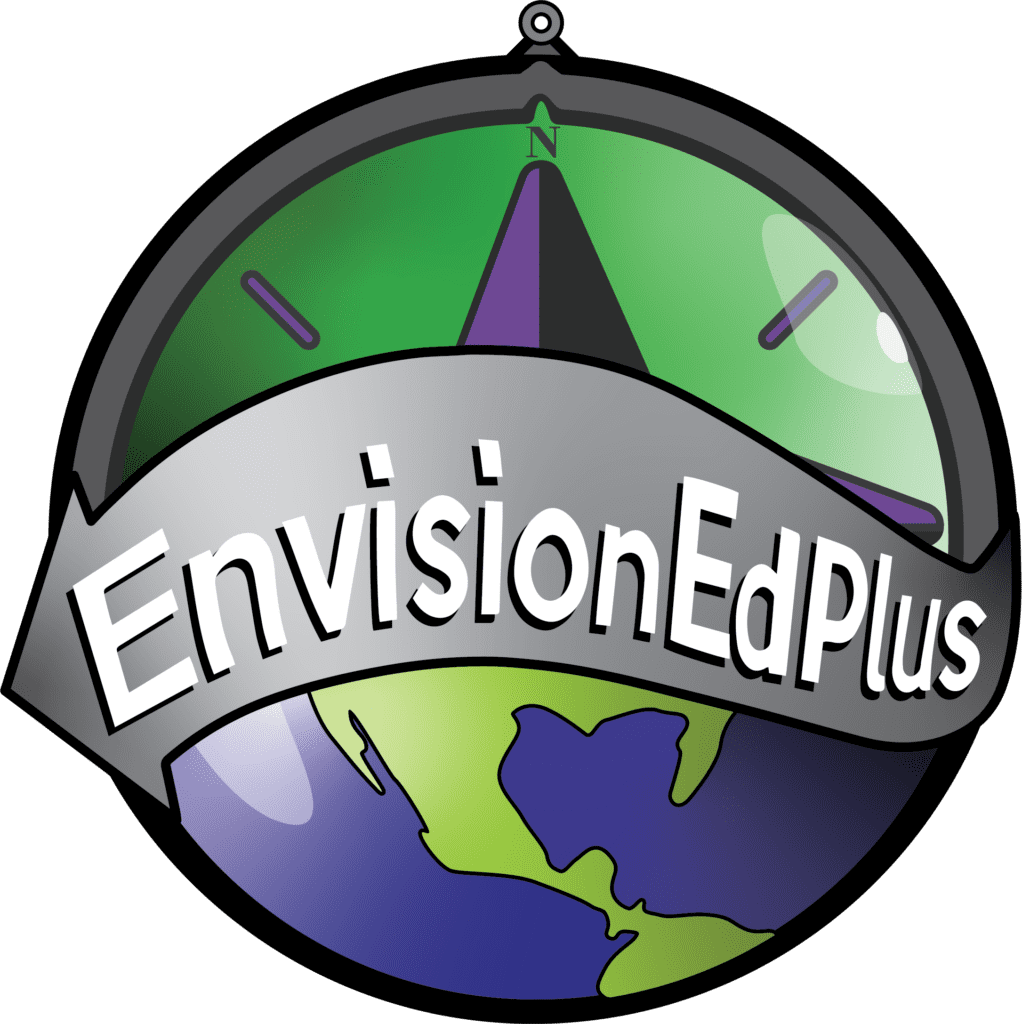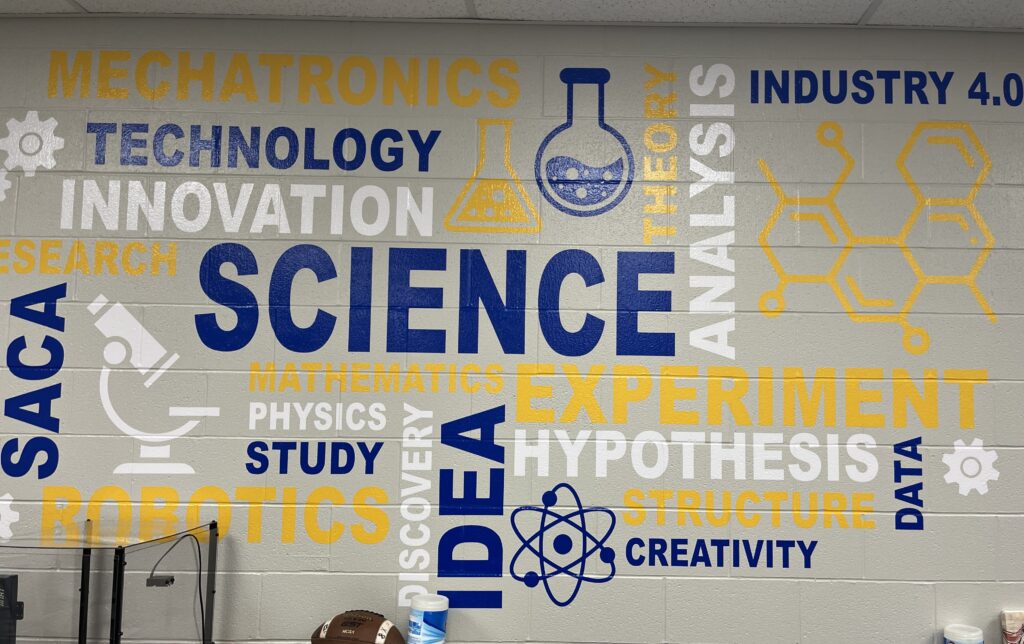Orange City Schools was awarded a Straight A Grant in 2016 called Lead to Learn. Their idea – to systematize innovations that allow students to demonstrate mastery of Ohio content standards and 21st Century Skills. In implementation, Orange has created partnerships, connections, professional development, and support for Project Based Learning (PBL). The grant has funded the reconfiguration of innovative physical spaces in the elementary, middle, and high schools.
What has turned out to be an unanticipated highlight of the award, however, is the Advisory Council that Orange assembled to provide strategic advice for the implementation of the grant. Advisory councils, ubiquitous in career technical education and STEM schools, are often challenging for traditional schools, where leaders might be uncertain how to attract and retain the right participants to make them effective. EnvisionEdPlus heard that loud and clear at our Personalized Learning Design Lab in central Ohio a year ago.
In Orange and in successful CTE and STEM programs, the Advisory Council provides complementary skills required to mentor growth and success, advocates for and represents the interests of the program, increases the program’s visibility and sustainability, provides a structure for keeping partners engaged and community members informed, and analyzes and supports decisions of the administrative staff.
Although such groups should absolutely include parents, Advisory Councils should not necessarily draw from a school’s go-to parents – the boots-on-the-ground who tutor, read with kids, help out in the office and fundraise to support classroom needs. These roles are critically important, and should not be diffused by piling on “one more thing.â€
Instead, Advisory Council members offer different resources. They have expertise, connections and passion for improving outcomes for young people. They tend to be scant on the resource of time. Therefore, to make the most of Advisory Councils, meetings should be highly focused (read: short) and regular, but infrequent. Councils should be relatively small, so that each member’s contribution is significant and valued. Orange has found success with hour-long, quarterly meetings with fewer than a dozen members.
With this focus, Orange has assembled a Who’s Who of school innovation and regional institutions that might cause envy among any schools considering their own Advisory Council. But Orange’s strategy costs nothing and is entirely replicable.
Orange leaders reached out first to a few local institutions: Cleveland State University; Kent State University’s Science of Learning and Education Center; and Eaton, an international power management company with 95,000 employees and a regional headquarters nearby. With a tightly focused overture that emphasized a clear and limited commitment of time, as well as substantial anticipated impact, Orange succeeded in securing involvement from each.
Their next coup came by leveraging a different strategy. Jan Morrison, President and CEO of the Teaching Institute for Excellence in STEM (TIES), has a distinguished national reputation for helping schools, industries and governments better prepare young people for the in-demand jobs of tomorrow. Her bio includes words like “Carnegie,†“Chevron,†“White House,†and “NASA.†She also has a grand-daughter in the school district and agreed to serve. Not every school has one of Ms. Morrison’s grandchildren as a student, but all schools do have talented professionals personally connected to them as parents, grandparents, alumni, or neighbors.
Finally, Orange looked to nearby peer leaders who could lend expertise on the innovative use of space. Lorain County Community College had 15 years experience running the nation’s second ever FABLAB in partnership with the MIT Center for Bits and Atoms. Cleveland’s MC2 High School launched the first FABLAB in a K-12 setting nearly a decade ago. Both now have representatives on Orange’s Advisory Council.
Orange was thoughtful, strategic and bold in creating its advisory council. With continued discipline, the council is poised to complement in-house expertise and to help the district sustain and continuously improve its initiative.
EnvisionEdPlus is capturing and sharing these untold stories. We want to know how Straight A has impacted your community, your teachers and most importantly, your students.
Please share your #MoltenLava stories with us and we will spread them across the state.
We are particularly interested in learning about:
- Quiet incubation and replication most would never know was Straight A inspired;
- Innovation ‘on the fly’
- after post award changes to state policy or grant expectations;
- awesome, unanticipated successes or outcomes;
- We weren’t funded but we did it anyway.
Email your stories, photos and videos (2 min or less) to tricia@envisionedplus.com.
Want to compare notes with peer experts about Straight A or other innovations? Register now for our Prepared for Success Workshop in northeast Ohio.











